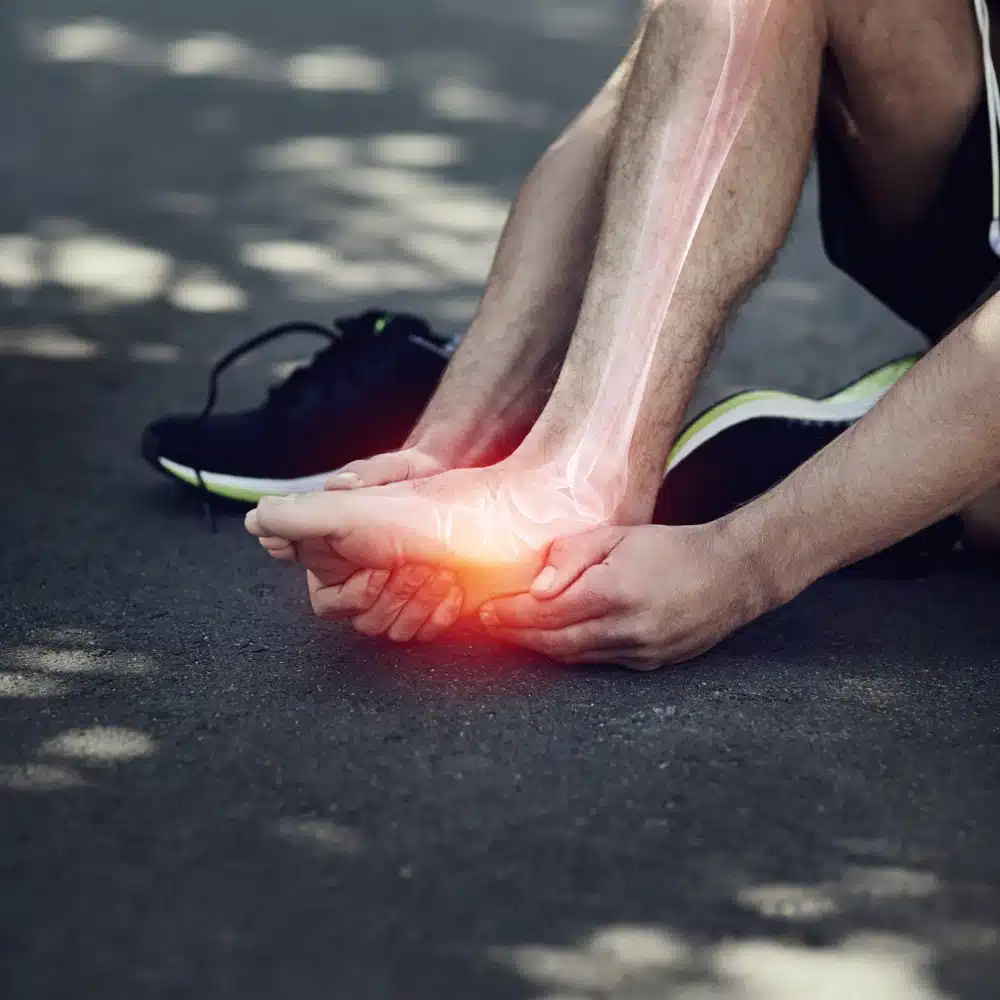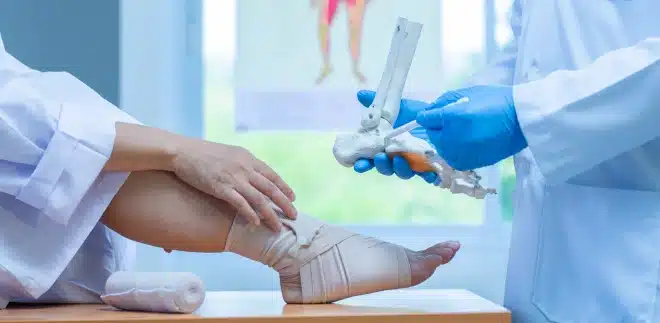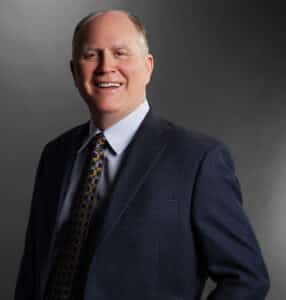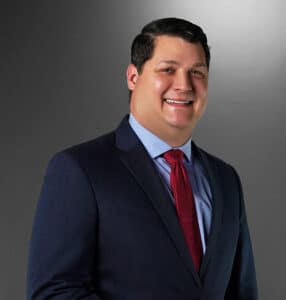
Primary Indicators: Pain and Swelling
The most immediate and common symptom of a fractured foot is pain. This discomfort can surge abruptly and is often described as a throbbing pain. The severity of the pain can range from mild to intense, depending on the type of fracture or if you are experiencing more serious fractures.
Swelling is another typical sign of a foot fracture. The injured foot and area around the broken bone may start to puff up quickly. This swelling is due to an increase in the flow of blood to the area and the release of certain chemicals that cause inflammation to aid in the healing process.

Other Symptoms to Look Out For
Along with pain and swelling, several other symptoms can indicate a foot fracture:
Bruising: A fractured foot often sports a bluish or purplish bruise, caused by blood leaking from the fractured bone into the surrounding tissues.
Tenderness: The area around the severe breaks or an impact injury may be extremely sensitive to touch or pressure.
Deformity: In severe cases, the foot may appear deformed or out of alignment. Sometimes your foot or ankle fracture may even showcase a large wound.
Difficulty Walking or Bearing Weight: A fractured foot can make walking or even standing a challenge. If bearing weight on the foot intensifies the pain, it may be a sign of a fracture. Seek immediate treatment if you have difficulty putting weight on your foot or ankle.
Intermittent Pain: Stress fractures, which are tiny cracks in the bone resulting from overuse, may cause pain that comes and goes, often worsening with activity and easing with rest.
Knowing these symptoms can help answer the question, “Is my foot broken?”
Different Types of Foot Fractures
- Stable fracture: The broken ends of the bone line up almost correctly.
- Comminuted fracture: The bone shatters into several pieces.
- Greenstick fracture: The bone partly fractures on one side, while the rest of the bone can bend. This type is most common in children.
- Stress fracture: These tiny cracks occur due to repetitive stress or force on the foot. Long-distance runners and ballet dancers are particularly prone to stress fractures.

When to Consult a Doctor
Causes of Foot Fractures
- Accidents: Car crashes or accidents involving heavy machinery at work can lead to severe foot fractures.
- Falls: A fall from a height or even a simple trip and fall can result in a fractured foot.
- Impact from Heavy Objects: Dropping a heavy object on your foot can lead to fractures.
- Missteps: An incorrect footfall or stubbing your toes against furniture can cause fractures.
- Overuse: Stress fractures are often caused by repetitive force or overuse of the foot.

Risks Factors for Foot Fractures
- High-Impact Sports: Sports involving significant physical contact or force, like football or gymnastics, can lead to foot fractures.
- Improper Sports Equipment or Techniques: Wearing ill-fitting or worn-out shoes, or not following proper training techniques can contribute to foot injuries.
- Sudden Increase in Activity Level: Both trained athletes and beginners are at risk of stress fractures if they suddenly escalate their workout frequency or duration.
- Occupational Hazards: Jobs involving construction or heavy machinery can put you at risk of foot fractures.
- Certain Health Conditions: Conditions that weaken the bones, such as osteoporosis, can make you more prone to fractures.
Potential Complications of a Fractured Foot
Preventing Foot Fractures
- Wear Proper Shoes: Choose footwear appropriate for your activity. Hikers should wear sturdy boots, athletes should wear supportive sports shoes, and those working with heavy machinery should opt for steel-toed boots.
- Start Slowly: Whether starting a new fitness regime or just a workout session, begin slowly and gradually increase intensity.
- Cross-Train: Alternating between different activities can prevent overuse injuries.
- Keep Your Bones Healthy: Ensure a diet rich in calcium and vitamin D to maintain bone strength.
- Keep Clutter to a Minimum: A clutter-free home reduces the risk of trips and falls.




